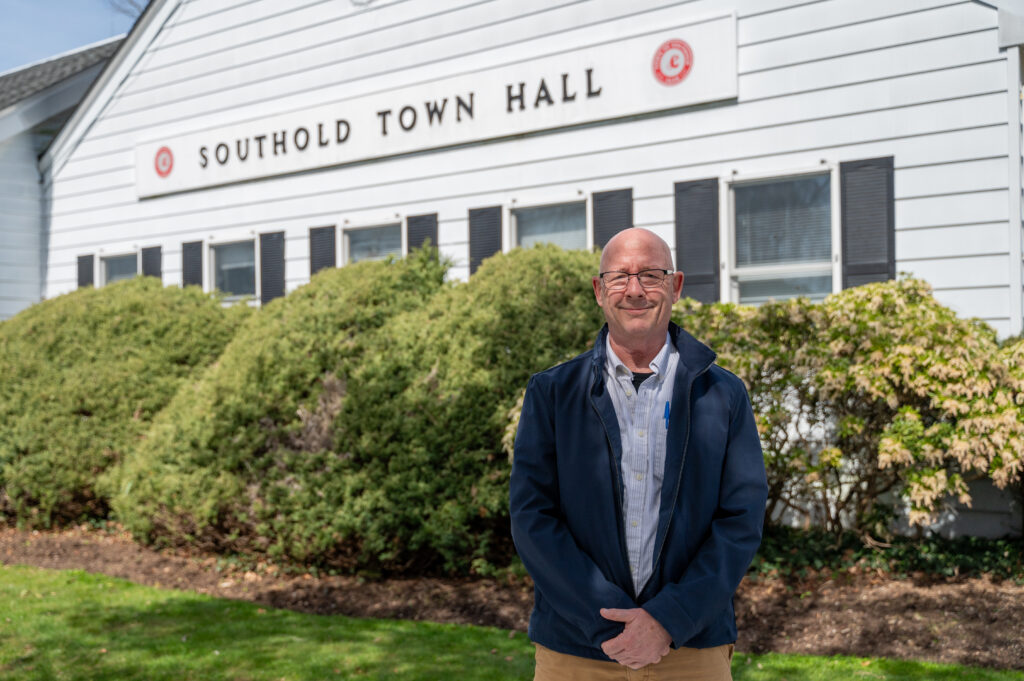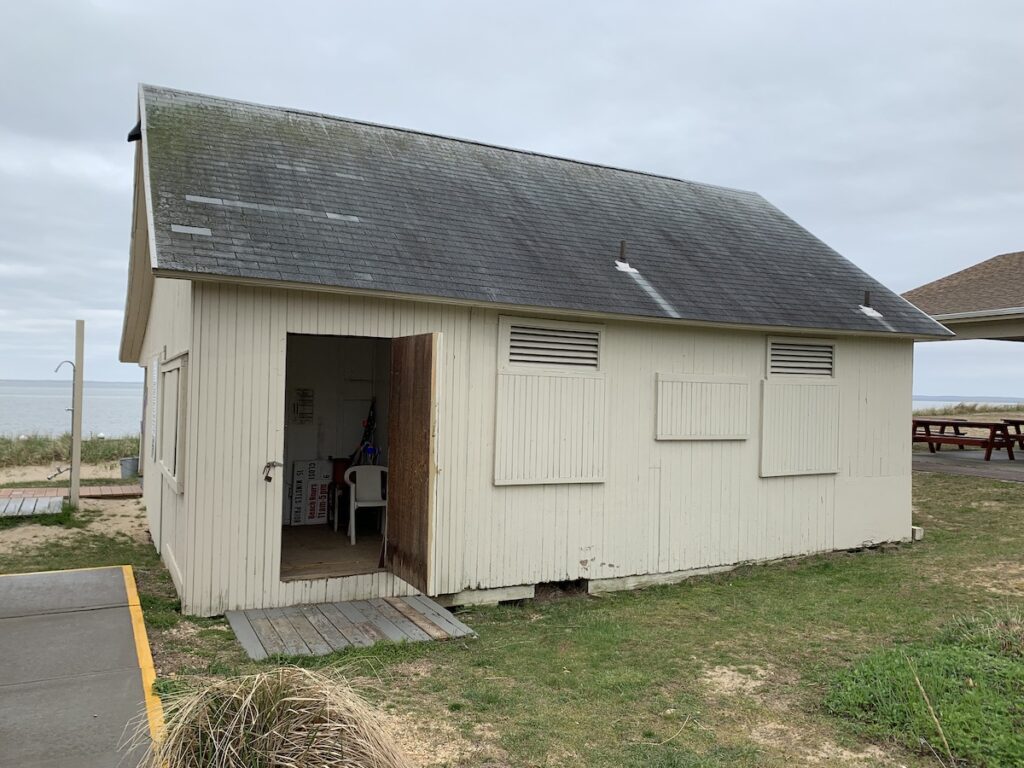Guest Column: Comprehensive plan fails to address critical public health issue

After years of effort, the Town of Southold has a final draft of its Comprehensive Plan. This deals with a multiplicity of important and complex problems facing the town. Unfortunately, it largely misses the boat in addressing a critical environmental and public health issue — our superabundance of deer.
The genesis of the problem is pretty simple: We have a population of large, free-ranging herbivores proliferating like mad in the absence of any effective predators. This is not the way the natural world is supposed to work. Deer management is governed by NYS Conservation Law and regulations of the NYS Department of Environmental Conservation. The DEC publicly admits that its management program has not been working on eastern Long Island, but has proven incapable of generating something more productive.
Finally, we have a small number of vociferous critics who object to reducing the deer population to a more sustainable level. These folks seem to have no clue as to the damage wrought on our natural ecosystems, biodiversity and public health by excessive deer numbers. As deer provide the blood meals required for maturation and reproduction of our most problematic ticks, tick numbers and dangerous tick-borne diseases have skyrocketed in recent years.
Although the Comprehensive Plan recognizes that deer overpopulation is a problem in Southold, affecting our quality of life, the economy, public health and the environment, it is severely deficient in suggesting remedial measures. It notes that the town has been addressing this problem since 2009 by means of a Deer Management Task Force. Unfortunately, the plan does not recognize the serious limitations of our management program. This is well-organized and has been productive to some degree; however, it must operate within constraints dictated by the NYS DEC, relies heavily upon recreational hunting and has not significantly reduced our deer population. Respected management experts agree that recreational hunting is simply incapable of dealing with deer densities of the magnitude that we have on eastern Long Island.
The remaining actions suggested by the plan to deal with our deer-induced environmental and public health problems may make us feel good, but they are not going to provide workable solutions. These include the following:
• Use more indigenous plants in landscaping. Many of our native plants, which are well-adapted to grow in our climate and soils, are favorite foods of the deer. For example, we have predominantly oak forests, but the deer now quickly mow off all small oak trees. Many of our most desirable shrubs and wildflowers (e.g., native rhododendrons and orchids) are also targeted and destined for local extinction.
• Maintain habitats for wildlife and fish. This simply is not being successfully accomplished. We are losing valued plant and animal species, because our natural habitats have been so severely damaged by a greatly excessive deer population. A healthy forest contains much more than big trees and deer!
• Adopt a tree preservation law. The goal should be more than protecting only well-established, mature trees. Trees age and are damaged by disease, insects and storms. We must promote the replacement of old trees by younger ones, not only in residential areas, but also on our forested lands. This is no simple task. At present, healthy forest regeneration has largely ceased in the Town of Southold, because the deer devour all young trees. As one forestry expert perceptively concluded, “These lands are destined to eventually look like the moors of Scotland.”
• Develop watershed management plans for all remaining watersheds. Despite lip service given to the goal of land preservation, Southold’s forest lands do not appear to be actively managed to preserve their health and biodiversity. One must wonder where this suggestion will go, as the plan does not even describe the current desperate state of our forests, how this has developed (hint: It has to do with the deer) or its broader ramifications (e.g., on water conservation and quality).
• Focus upon water conservation, protection of water, watershed management and aquatic habitats. Our damaged forest lands are increasingly incapable of retarding stormwater runoff and promoting aquifer recharging, two expressed concerns in the plan. This will inevitably harm our precious bays, coastal waters and marine life. This is basic hydrology.
• Manage the deer by educating the citizens. Repeated efforts have been made to do this, and they have not been productive. Our citizens have not yet been motivated to pressure the State of New York into generating a productive deer management plan. Ideally, our deer population should be reduced to an environmentally sustainable level of no more than 10 to 15 animals per square mile. This would also greatly reduce our tick populations. The plan does not even state those essential facts.
• Work with organizations and property owners to assess and control ticks and prevent tick-borne diseases. Does anyone still doubt that we have a superabundance of dangerous ticks? Furthermore, there presently are no tick control measures that are environmentally safe, demonstrably reduce human infections of tick-borne diseases and are affordable. Treating some properties in a patchwork fashion is incapable of providing community tick control, and there are no tick-specific pesticides.
All harm insects and other invertebrates that are critical elements in natural food chains (e.g., for songbirds) and some affected insects (like native bees and butterflies) serve as essential pollinators for indigenous plants that the plan supposedly wishes to preserve. The actual goal should be to control tick populations by reducing the excessive number of their reproductive hosts — the deer.
• Work to reduce harmful nitrogen and phosphorus levels in ground and surface waters due to fertilization of residential lawns. Many Americans have a love affair with their lawns, but lawns are also planted locally because they are perceived as being less suitable tick habitats, or other vegetation has been destroyed by the depredations of the deer.
Until our deer problem is aggressively attacked, many of the environmental goals laid out in the Comprehensive Plan will never be achievable. This will require the State of New York to radically rethink how we are allowed to go about deer management.
Dr. Rasweiler is a retired medical school professor who has spent much of his scientific career working with wildlife. He serves on the Town of Southold Deer Management Task Force, the Suffolk County Tick Control Advisory Committee and the board of the North Fork Deer Alliance, and chaired the Town of Southold Tick Working Group.








